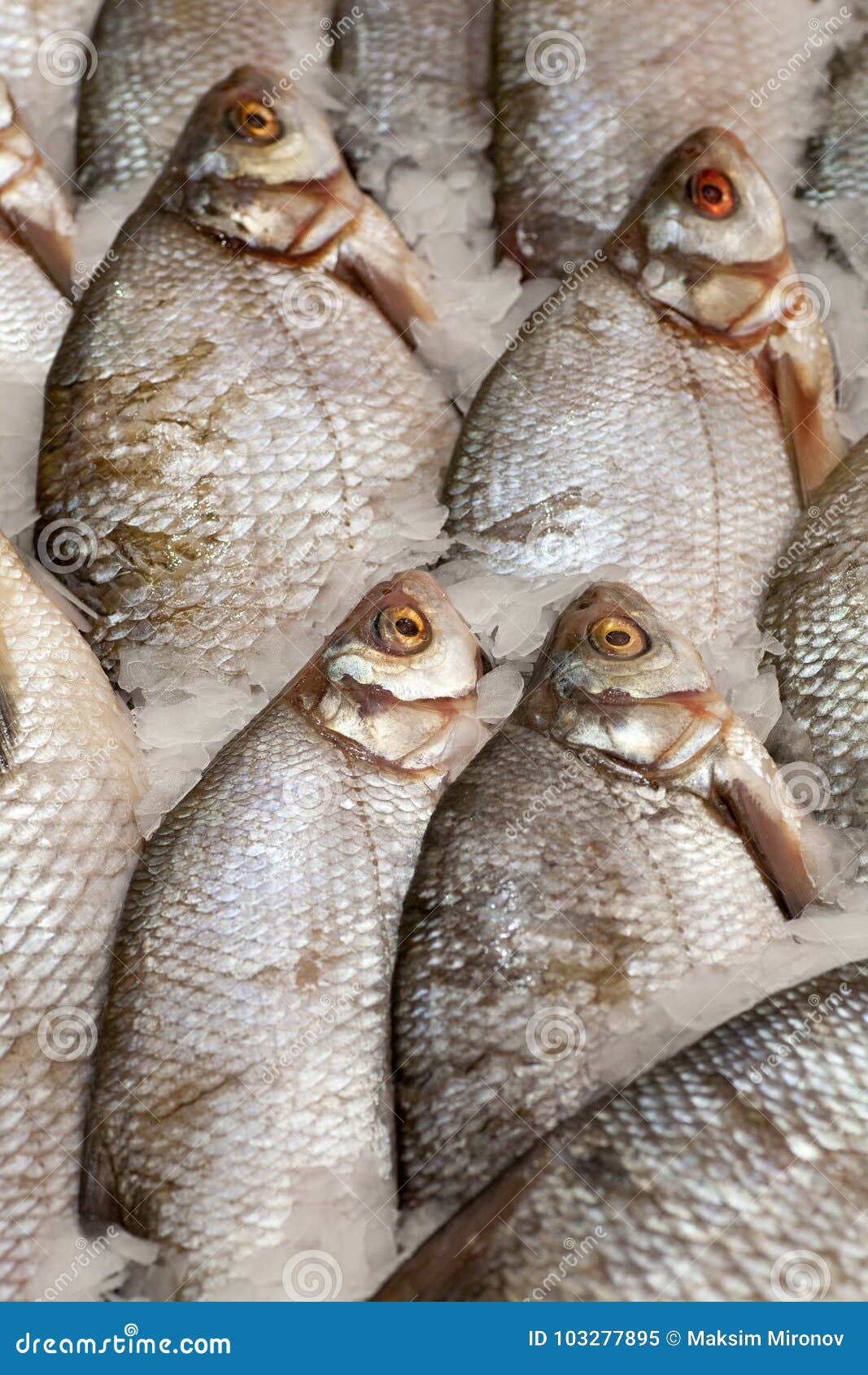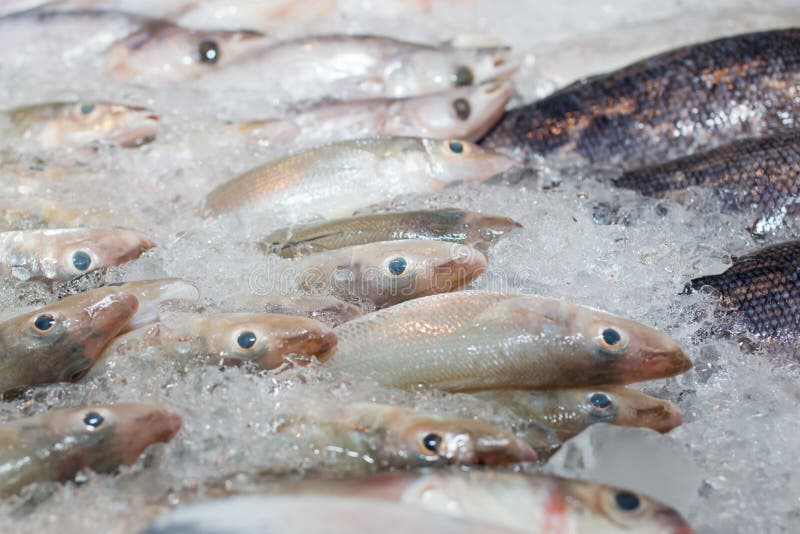

You know when it’s done when there is no smell anymore.How do you know its finished? By the smell. The process takes anywhere from 3 weeks to over a month.I use a container with a lid and loosely screw the cap on top (just make sure you don’t seal it because it WILL explode). You just want to make sure other things don’t get into it. No need to seal, because the container will explode as CO2 is released by fermentation. Now you have liquefied fish, sugar, and lacto.Up to you how much you blend it, I blend until I don’t hear so many bones crunching in the blades of the blender.It’s good to have it as fine as possible. You’d use about 167g sugar, or roughly ¾ cup. So if you have 500mL like my tilapia, you want 1/3 of that in sugar. If using sugar, the equivalency is about 1KG sugar = 1L solution.Whatever you have access to cheaply, go for it. In the Philippines we use molasses because it is cheap, but any glucose source works – syrup, honey, etc. Raw(unrefined) sugar like muscovado is best. TIP: Try not to use cane sugar since it is chemically bleached. Sugar will be either molasses or normal cane sugar. This should be 1/3 the amount of fish you’ve added. Add lacto bacilli to blended fish mixture.The water helps keep it loose so it blends much better after you add the water. If you are using a blender, blend up the mixture.Simply let your chlorinated tap water sit for several hours, allowing the chlorine to dissipate.

1 roughly 8in tilapia comes to about 500mL when ground up, so I add about 1500mL water. You can use a simple guide of 3:1 – 3 parts water to 1 part ferment material. Remember, the finer the fish bits, the more effective the fermentation. If you’re squeamish, buy a separate blender for this, just make sure it is powerful enough, mine is 500W and works fine for small-medium size fishes. I cut my fish into 8ths or so and then chuck it into my kitchen blender but I’m a bit of a caveman. Now, ideally you would throw the fish into a blender to mash it up into little pieces.I like to use whole fishes though as I think that makes for a better product. In fact, you might as well use trash fish, or fish discards like fish heads, guts, etc. You don’t want to miss out on those oils that microbes love. While fish emulsion lacks beneficial ingredients vital to the final product, this fish hydrolysate recipe preserves all those active ingredients. This method of making fish fertilizer is awesome because it is a cold process, chemical-free, completely organic way to make fish fertilizer right at home. Good fish hydrolysate also retains the fats and oils that microbes love! Our Fish Fertilizer Recipe The higher quality fish hydrolysates only undergo “cold-processing” which just means they are never heated enough to break down significant amino acid chains. However, fish hydryolysate doesn’t undergo the heating and skimming process that you get with the fish emulsion. It gets broken down using enzymes, proteases, or chemicals. So let’s look at that! Fish Hydrolysateįish hydrolysate fertilizer generally starts out the same way as fish emulsion. Fish emulsion fertilizer lacks many oils and proteins that fish hydrolysate fertilizer has in abundance. It’s this second stage of processing that makes fish emulsion less advantageous than fish hydrolysate. Then, and this is the important part, heat is used to break it down further and allow oils and other things like amino acids to be more easily removed. The first stage breaks down the fish parts using enzymes, proteases, or chemicals. The important thing to know is that fish emulsion goes through two stages of processing. First lets look at the two main types of fish fertilizer: Fish Emulsionįish emulsion fertilizer is made several different ways depending on who is making it. This is a great recipe for making your own fish hydrolysate fertilizer. Fish fertilizer can be expensive in the store, but it is easily produced at home. It’s high in Nitrogen for growing plants, can be naturally produced, and is an awesome food for microbes! Fungi love this stuff. (Prices subject to change)įor availability please inquire by calling the store directly at 60.įish Heads/bones: $2.00/lb Availability of Sizes and Species change daily and are dependent of current commercial fishing season.Fish fertilizer is an awesome product for promoting plant growth. Come in and visit our Store location at 1670 East Kent Ave S, Vancouver BC for a wide variety of fresh Halibut, Black Cod, Rockfish & Salmon straight from the fishing vessels! Availability of Sizes and Species change daily and are dependent of current commercial fishing season.


 0 kommentar(er)
0 kommentar(er)
